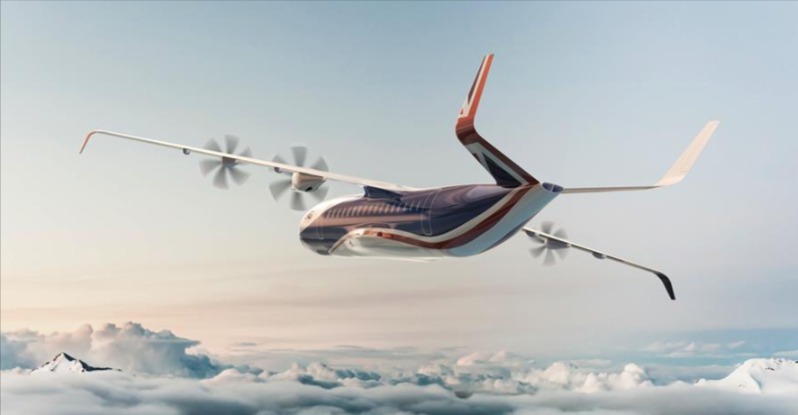If you’re in the aviation industry, you’ll know how important it is to make sure you have everything you need to transport and maintain your planes. This means investing in a high-quality jack, which can be a lifesaver in many circumstances through its safety mechanisms, variability, and compatibility with multiple planes, so keep reading to find out why getting a great jack might be the best option for you.
- Better safety
One of the biggest advantages of aircraft jacks is the fact that you’ll have enhanced safety when it comes to maintaining and working on your planes. This is important because you’ll be relying on your jack of choice to lift a plane that weighs thousands of pounds high up in the air and keep it in place for the duration of the maintenance process, and if the equipment you’re using isn’t up to a certain standard, you’ll find yourself experiencing a costly and dangerous mistake. As a result, it’s better to invest in great jacks that have features like wider bases for more stability, better quality build materials, and even emergency brakes if there’s a fault with the rest of the gadget.
- Higher lifting capacity
When it comes to operating a jack, the lifting capacity is perhaps the main differentiation to understand what kind you’ll need for your uses. While bigger jacks are usually saved for commercial uses, such as being used in a major airport, if you get a jack that has a high lifting capacity, you’ll be able to deal with any plane you come across, whether it’s close to the capacity or much below it. Getting a weaker jack may result in temporary savings, but soon, you’ll find yourself unable to lift some of the heavier planes you come across.
- More versatility
As previously mentioned, versatility is an important consideration when you’re working with a jack, and it’s all because the planes you come across all have different shapes and sizes, and you’ll likely only have a few jacks to service all of them, which can serve as a bottleneck in your operations, increasing downtime when you’re trying to keep planes ready on the fleet. However, the best jacks out there are the ones that can be used across most planes, regardless of their weight and, crucially, no matter what the shape of their landing gear is. This means you’ll be able to keep your operations running smoothly no matter how many planes you need to take care of.
- Precise control
When it comes to maintaining and operating a plane, a machine that can fall apart with one wrong move, you’ll have to ensure you’re using a deft hand and being as careful as possible, which is why premium, high-quality jacks are a worthy investment. They’ll allow you to control the plane you’re working on slowly with minimal movements in order to get a better angle on its inner workings and do this with minimal risk while you get all the work done that you need to.
- More longevity
It isn’t just planes that need to be maintained and inspected over and over again since the maintenance equipment you’re working with will likely be working round the clock depending on the size of your operation, and since you’ll be working with heavy machines, this equipment will get degraded rapidly. If you have a high-quality jack by your side, you’ll find that it lasts long enough to last through busy seasons and even years of use without breaking down a single time or giving you any complaints.
This is important because there are times your jack will break down mid-use or when you need it the most, causing a buildup of planes that aren’t able to get repaired at best and damage to a plane at worst.
Conclusion
Planes are massive investments, and it’s important to maintain them, keeping them in working order until you’re able to get as much money and profit off of it as you can, and this entire process starts with the jack. This item will allow you to work on your planes easily, setting it into place for your technicians to access all the different parts of the plane, whether it’s the landing gear, the nose, or the underside of the plane.
